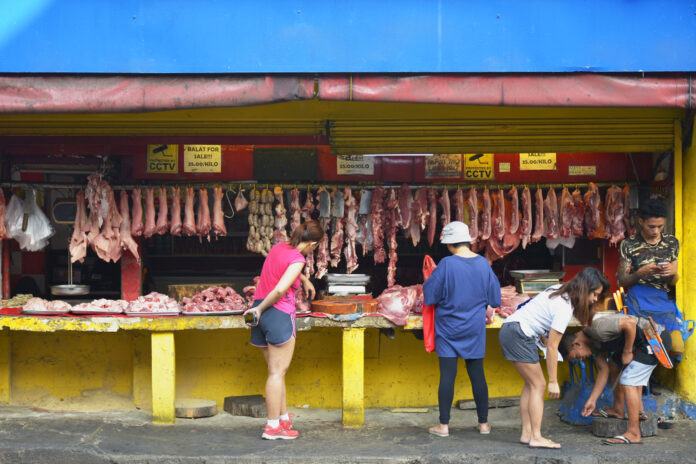The Department of Agriculture (DA) is considering a shift in the allocation of imported pork under the minimum access volume (MAV) program, potentially involving government-owned and controlled corporations (GOCCs) in an effort to control retail pork prices.
Agriculture Secretary Francisco Tiu Laurel Jr. said that of the 55,000 metric tons (MT) of pork under MAV, 30,000 MT could go to processors, 15,000 MT to government agencies like the Food Terminal Inc. (FTI) and Planters Products Inc. (PPI), with the remaining 10,000 MT set aside for private traders. This hopefully allows the government to directly influence pork prices by using the lower tariff on pork under MAV, which is 15 percent compared to the 25 percent tariff on non-MAV imports.
Tiu Laurel explained that FTI might purchase pork from local producers and distribute it to retailers to streamline the supply chain and reduce unnecessary markups. Additionally, the government could use its import capability to introduce frozen pork to the market, intervening only when price hikes appear unreasonable.
While the DA is exploring these measures, the department remains hopeful that a cooperative agreement with industry stakeholders—ranging from logistics providers to retailers—could stabilize pork prices without the need for direct government sales.
Despite these efforts, Tiu Laurel acknowledged that some of the price hikes are a natural response to the financial difficulties faced by producers during the African swine fever crisis, which wiped out significant portions of the local pig population. As producers recover and attempt to rebuild their stocks, the DA is aiming to balance their profitability with consumer affordability.
Current retail pork prices remain high in local markets, with pork ham priced between P350 and P420 per kilogram, and pork belly ranging from P390 to P480 per kilogram. The DA’s approach seeks to ensure a more controlled market, stabilizing pork costs for consumers while supporting local farmers.







